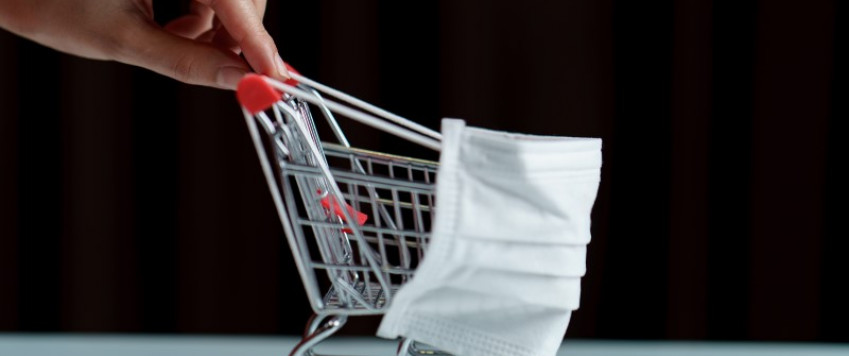Retail trade development is slightly losing strength

Retail trade might find itself among the sectors relatively less affected by COVID-19; however, the steep rise observed during the previous months was followed by a slight slowdown in July.
Although domestic social restrictions were gradually eased recently, they were reintroduced locally in certain countries. Changes in the business sentiment indicator of the sector observed in August and published by the European Commission (EC) somewhat mark the reality that the sector remains cautious in the context of the unfavourable global development of the pandemic: the sentiment has generally improved, albeit primarily on account of activity assessment over the preceding months. Meanwhile, activity expectations in the coming months appear to be a little more pessimistic than in July.
Data of the Central Statistical Bureau of Latvia (CSB) suggest that the retail trade turnover in constant prices fell by 0.9% in July over a month, with the annual growth declining to 3.8% (seasonally and calendar adjusted data respectively). As in the previous month, the population maintained the habit of shopping in person also in July, with distant sales turnover continuing on a downward path. Food trade generated a significant negative contribution to the monthly changes. The decrease in food trade seen in July compared to June may be explained by expanded gathering opportunities encouraging people to use domestic tourism and catering services instead of having meals at home practised during the period of more stringent restrictions.
In July, the turnover of the retailers engaged in the sale of information and communication technology equipment followed an upward trend with a renewed vigour. This could be explained by a gradual preparation for the new school year or teleworking: the shortfalls and deficiencies of the existing equipment could have been identified in the spring. If the trend of teleworking and the adaptation of housing to these needs intensifies, including the purchase of a larger housing and its furnishing, trade could also become more active in the commodity groups related to home repairs and fittings in the future. However, for the most part, July saw a slight further decline in these commodity groups (except goods that mainly contribute to housing design), and a wait-and-see attitude may still prevail in the coming months.
The household deposit dynamics stabilized following a faster upswing in April, and they did not suggest a rapid resumption of spending until July. Consumer confidence, as suggested by the EC August survey data, has improved further, albeit it remains low. Similarly, consumers are on average less pessimistic about potential larger purchases than since April; however, they are rather pessimistic compared to the long-term average level.
Textual error
«… …»


